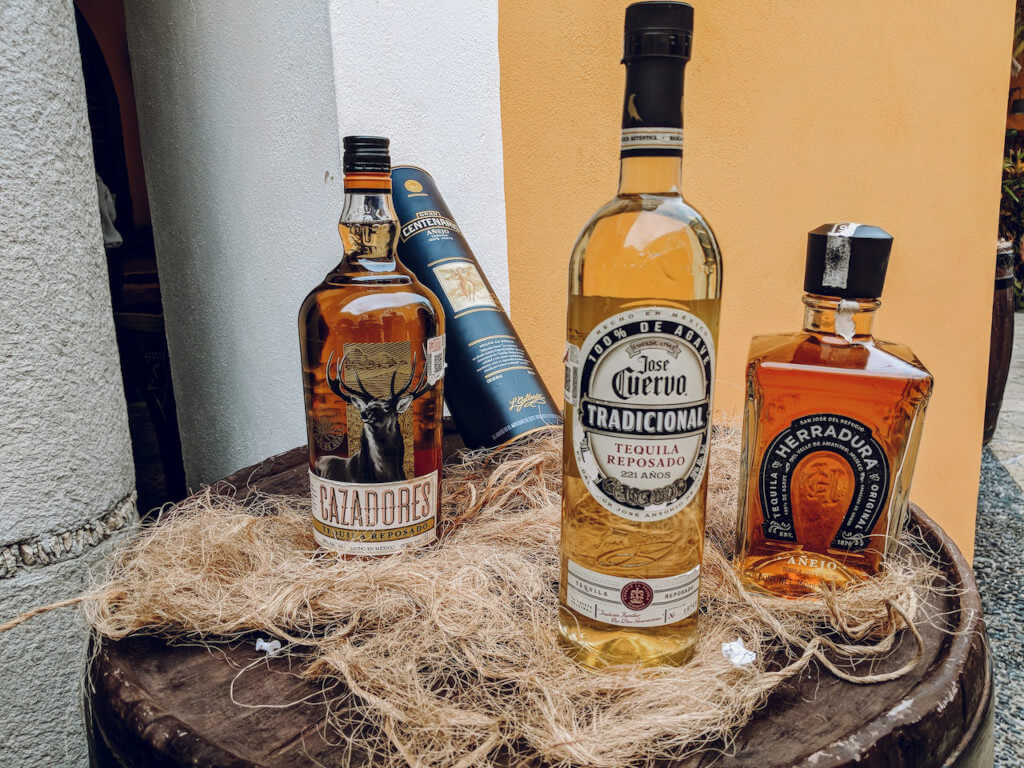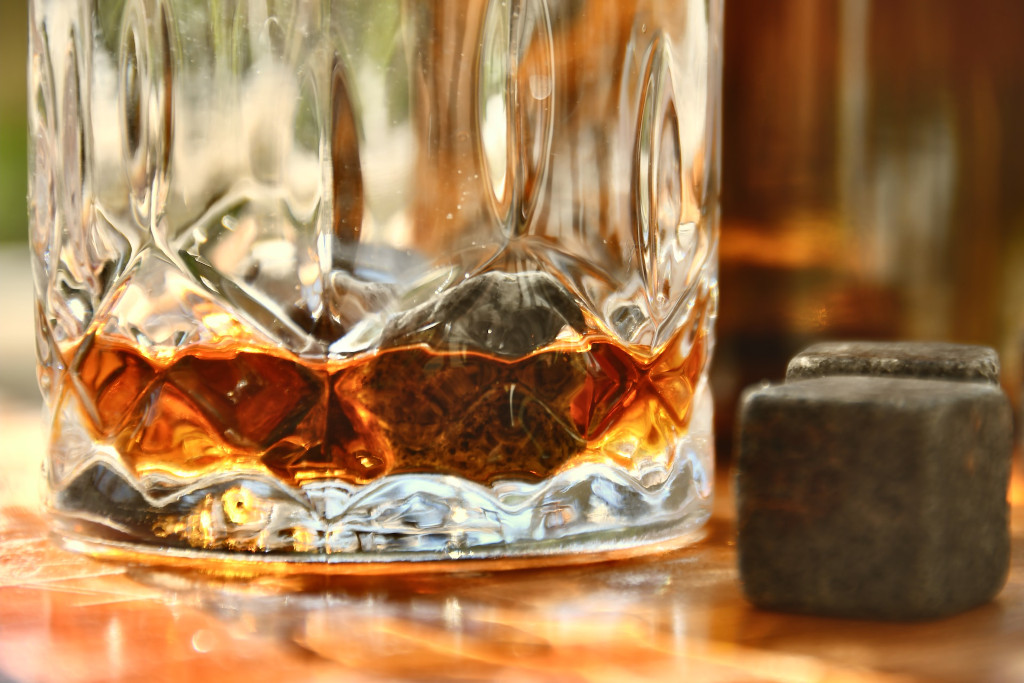Nowadays, everyone seems to be obsessed with finding new whiskey food pairings. Finding a bottle of whiskey that pairs well with your meal is like discovering the perfect bottle of wine. Read on to learn about the ideal combinations of foods and whiskies…
What to Eat With Whiskey
Finding the finest cuisine to combine with whiskey has never been simpler than with our detailed guide. Whiskey can be enjoyed outside of the bar as well. A well-matched meal can bring out the greatest flavors in your whiskey. These are the top six foods to eat with whiskey:
- Filet mignon
- Smoked salmon
- Cheese
- Chocolate
- Haggis
- Sushi
Steak
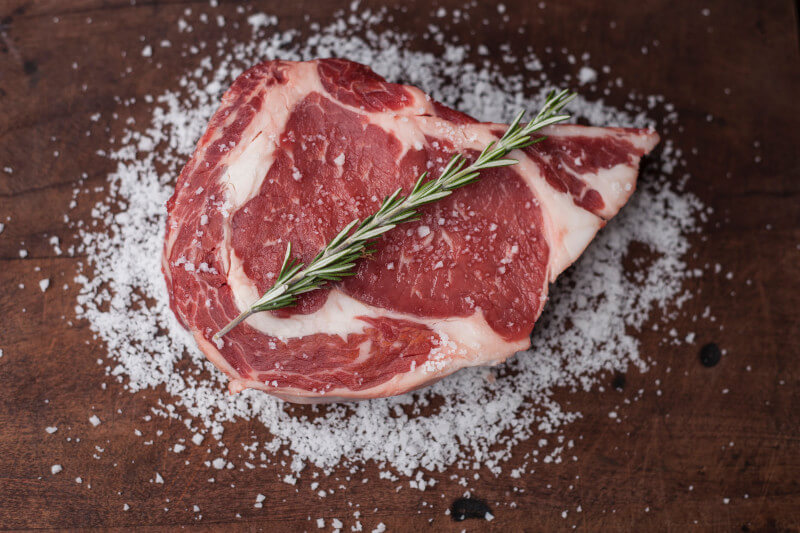
Among the best ways to enjoy whiskey is with steak. Steak and whiskey have been friends for a long time, so they get along famously.
Steak and whiskey both come in a wide variety of preparations and flavor profiles. There is a wide range of whiskies that go well with various cuts. In terms of alcohol, a fatty ribeye steak can complement a smokey Ardbeg Uigeadail, while a thinner steak cut works well with a Bourbon or Tennessee whiskey from the United States. Whiskies with an additional mellow flavor profile go great with delicate meats like filet mignon.
But if you want a whiskey that complements most cuts, opt for a smokey one. The finest companion for a juicy steak is a smokey, earthy Scotch whiskey. You can’t go wrong with a whiskey that has a medium body and a rich flavor.
Smoked Salmon
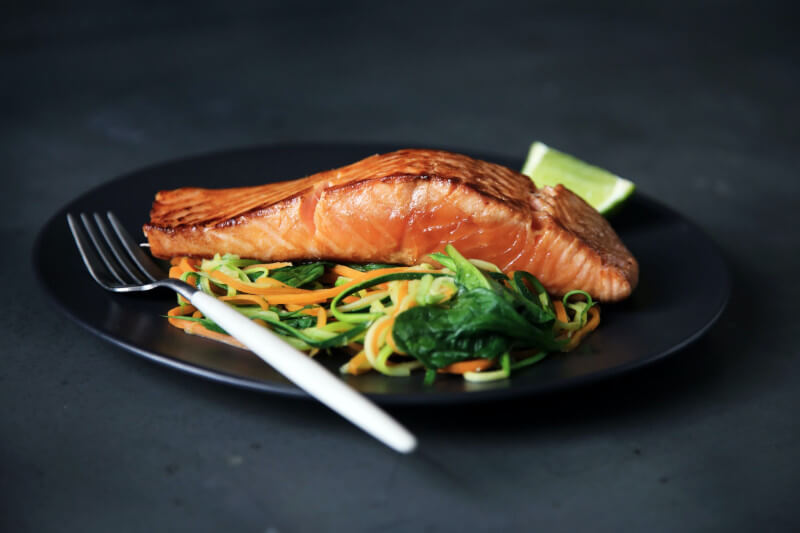
Whiskey and smoked salmon are more difficult to match than, say, steak. Flavor-wise, the salmon is subtle, smokey, and creamy. It would have been a mistake to pair smoky, powerful whiskies with these foods. The whiskey’s bold flavor would be too much for the salmon, resulting in a disappointing meal.
The ideal complement to this dish would be a rye whiskey. When compared to other types of whiskey, rye whiskies tend to be drier and hotter. A Speyside single malt Scotch is another excellent choice. The lightness and creaminess of the Scotch pair beautifully with the fatty fish.
Cheese
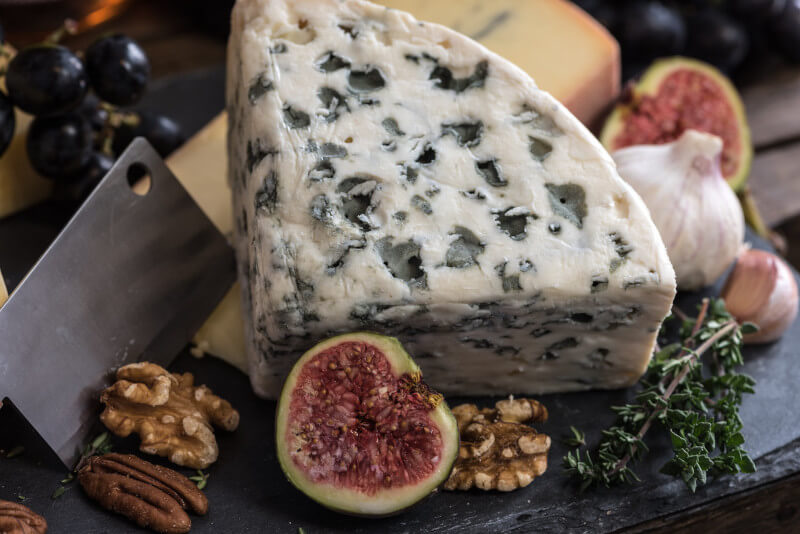
Cheese and whiskey go together like peanut butter and jelly. The nicest part about this combination is the plethora of possible permutations. Here, we’ll make things simple for you.
Sweetening is necessary for mild cheeses like brie and goat’s cheese. Just like when you put cheese and honey together, the combination is sublime. Deliciously malted barley Scotch whiskies, such as Glenmorangie, are ideal.
A deeper tone is required when eating powerful blue cheeses like Roquefort or stilton. The ideal situation would involve a bottle of well-known fiery whiskey. An Islay malt like Laphroaig, with its rich peaty taste, is an excellent option. Equally satisfying would be a Canadian rye whiskey.
Whiskies with softer notes and more perfume pair well with mild, creamy cheeses like burrata or mozzarella. The challenge is to find the sweet spot where the whiskey complements the cheese. Green Spot, and other Irish whiskies with similar light, crisp aromas, comes highly recommended. You can classify Cheddars as either mild or mature/vintage. A well-rounded Bourbon is ideal for mild cheddar. There needs to be a contrast to the bold flavor in a vintage or mature cheddar. In this case, we suggest a Highland peat whiskey.
Instead of wine, have each guest bring an alternate bottle of whiskey to the next cheese night. Combine them with the various cheeses for a smorgasbord of flavor.
Chocolate
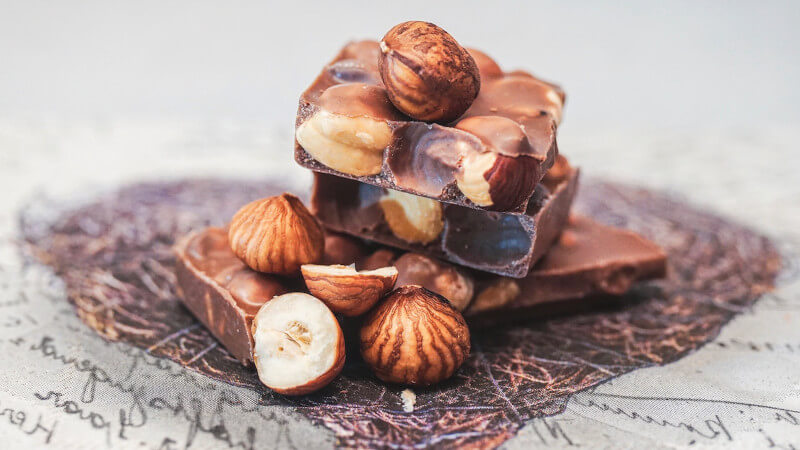
You may have never considered combining these two things, but you really should. Dark chocolate is ideal for this purpose. When contrasted to milk or white chocolate, which are sweeter, dark chocolate has more complex nuances that can be extracted.
Fruity GlenDronach complements the earthy richness of truffles. On the other hand, a peaty single malt from Islay pairs splendidly with a dry, bitter dark chocolate. To appreciate the depth of flavor in chocolate with bold spices like chili or ginger, try it with a hot rye whiskey.
Whiskey pairs nicely with nuts, too. Almond chocolate is delicious when paired with a Macallan whiskey that has sherry-like aromas. Tullibardine single malt Scotch’s nutty undertones complement the sweet, nutty aromas of hazelnut chocolate.
Haggis
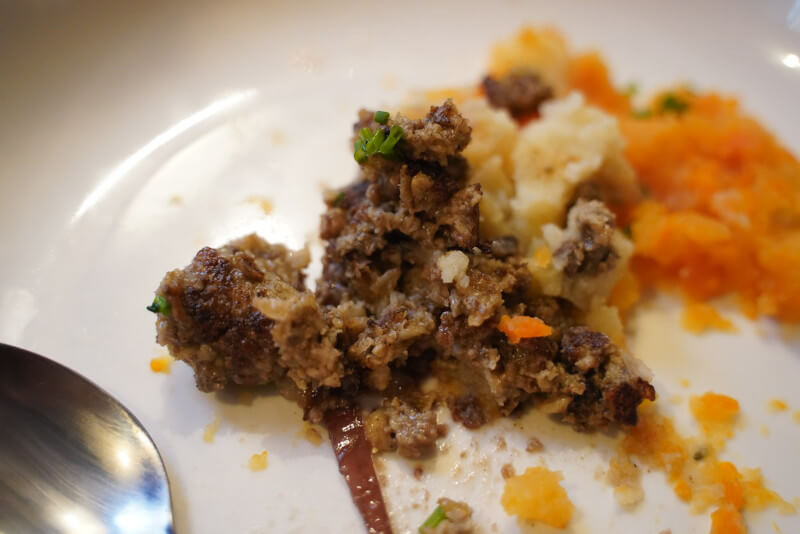
Whiskey is a natural accompaniment to haggis, as it has been for centuries in Scotland. You can dilute the Scotch whiskey with a little water to make it more drinkable. Whiskey is a perfect complement to the dish because of the superb blend of herbs and meat.
Sushi

The combination of sushi and whiskey has recently emerged as a popular trend. This pairing has grown popular because of the recent surge in the popularity of Japanese whiskey. The distillation and grain mash of Japanese whiskey is based on those of Scotch whiskey.
We suggest one of these whiskies to pair with your sushi meal. Sushi with delicate fillings pairs beautifully with the mild, nuanced aromas of a Suntory Toki. Drinking a mellow, smoky Yoichi single malt is the ideal accompaniment to sushi with a bolder flavor.
Tasting Notes
Whiskey is made by distilling a mash of grains like corn, rye, wheat, or barley. The sweetness of the whiskey is dependent on the grains used because of their varying sugar contents. Sugar concentration is high in maize, for instance. Since Bourbon must contain at least 51% maize, it is naturally sweeter than Scotch, which is manufactured from malted barley.
The greatest cuisine to pair with bourbon is typically something sweet, such as pecan pie, because of the whiskey’s inherent sweetness. A silky Balvenie might go nicely with smoked salmon if you’re looking for suggestions on what to eat with Scotch.
Scotch
Scotch is typically best enjoyed with savory dishes. The variety of oak, the location, and prior usage of the casks in the aging of another alcohol are all factors that influence the present flavors. The use of sherry casks in the aging process gives many whiskies a somewhat sweeter flavor.
Coastal whiskies like Caol Ila Scotch and Mars Japanese whiskey offer a different tasting profile in whiskey. These whiskies have been aged along the coast, imparting a subtle saltiness to the spirit. Scotch is sometimes described as “peaty” or “smoky” because the barley is dried over smoldering peat throughout the malting process.
Whiskey Varieties
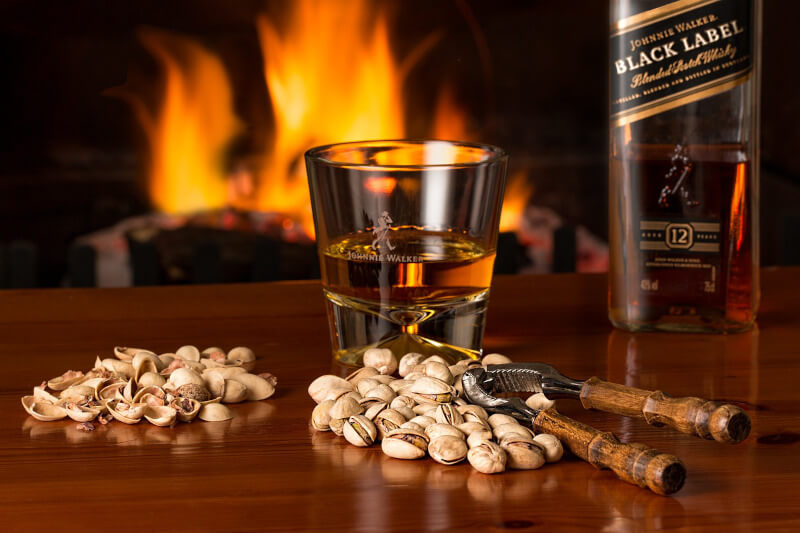
Using whatever whiskey you already have on hand might be a quick and easy way to complement your meal. Here’s a quick rundown of the various whiskey varieties on the market. No matter how mild, medium, or robust the whiskey’s body is, it may be paired with something delicious.
Whiskey With a Low Proof
Glenfiddich, Dalwhinnie, and Glenkinchie are examples of lighter, fruitier, and fragrant whiskies that pair well with more muted flavors. Smoked salmon, seafood, sushi, and goat cheese are some of the best options because their flavors complement one another.
Scotch Whiskey With a Middle-weight Flavor
One of these spirits could be an Elijah Craig Bourbon or a Macallan Scotch. These whiskies are on the lower end of the strength spectrum, making them a good complement to dishes like grilled chicken, lamb stew, or venison. Similarly delicious are baked potatoes and root veggies.
Heavy Bourbon
Islay malt whiskies like Laphroaig, Lagavulin, and Talisker are examples of robust, full-bodied, and peaty whiskies. The rich, full-bodied flavors of these whiskies call for equally robust fare.
The high alcohol concentration of powerful whiskies is best absorbed by and complemented by fatty, rich meals. Some examples of satisfyingly meaty dishes are bacon, roast chicken, game meats, and various types of meat grilled with seasonings and herbs. You won’t be sorry if you pair these whiskies with some fruitcake.



